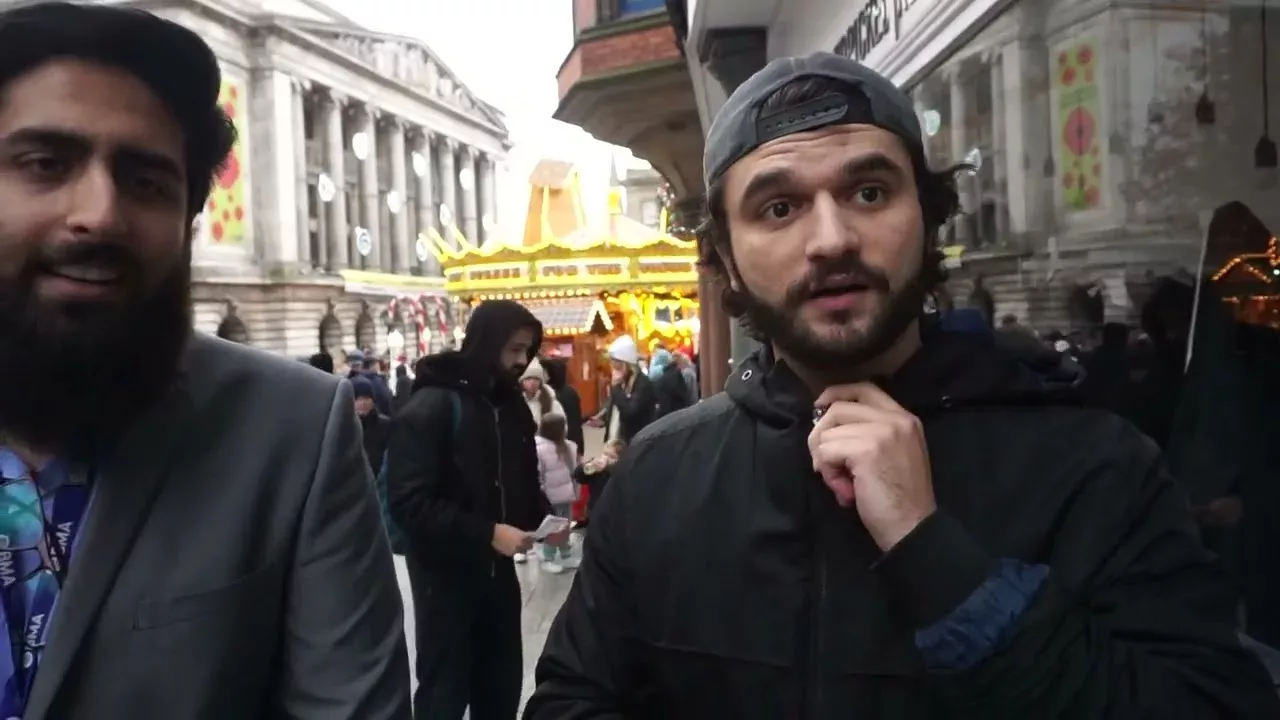In a recent encounter captured on camera, a discussion between two individuals escalated into a passionate debate about Islam, terrorism, and the use of specific terminology. The exchange began with one individual seeking clarification on what the other was representing. The conversation quickly turned to the topic of combating negative press associated with Islam, particularly in the context of groups like Hamas.
The individual initiating the conversation expressed concern about the use of the term “Jihad” and its association with violence. He questioned how a representative of Islam could address the negative perception created by those who commit acts of violence in the name of religion. The discussion took a contentious turn when the individual pressed for details, leading to a disagreement on the significance of semantics.
The heart of the disagreement revolved around the term “Jihad,” with one party contending that it means a struggle or striving to worship God, while the other associated it with violent actions endorsed by leaders of certain groups in the Middle East. The conversation further delved into accusations and requests for condemnation, with the individual challenging the other to disassociate from organizations like Hamas.
Amid interruptions and tensions, the conversation touched on broader issues, such as the portrayal of Islam in the media and the need for accurate understanding. The individual raised concerns about the perception of Islam in the West, particularly in light of protests that seemingly call for the eradication of Israel. The discussion became emotionally charged as the two participants grappled with the complexities of political and religious dynamics.
As the dialogue continued, the conversation extended to the treatment of Jews in Muslim-majority countries. The individual asserted that the use of certain terminology and public actions were contributing to the negative image of Islam. Calls for condemnation were met with challenges to research and skepticism about media portrayals.
Despite the intensity of the exchange, the underlying plea was for mutual understanding and a clarification of the terminology used by both sides. The conversation highlighted the challenges in discussing sensitive topics surrounding religion and geopolitics, underscoring the importance of nuanced dialogue to bridge gaps in understanding.
